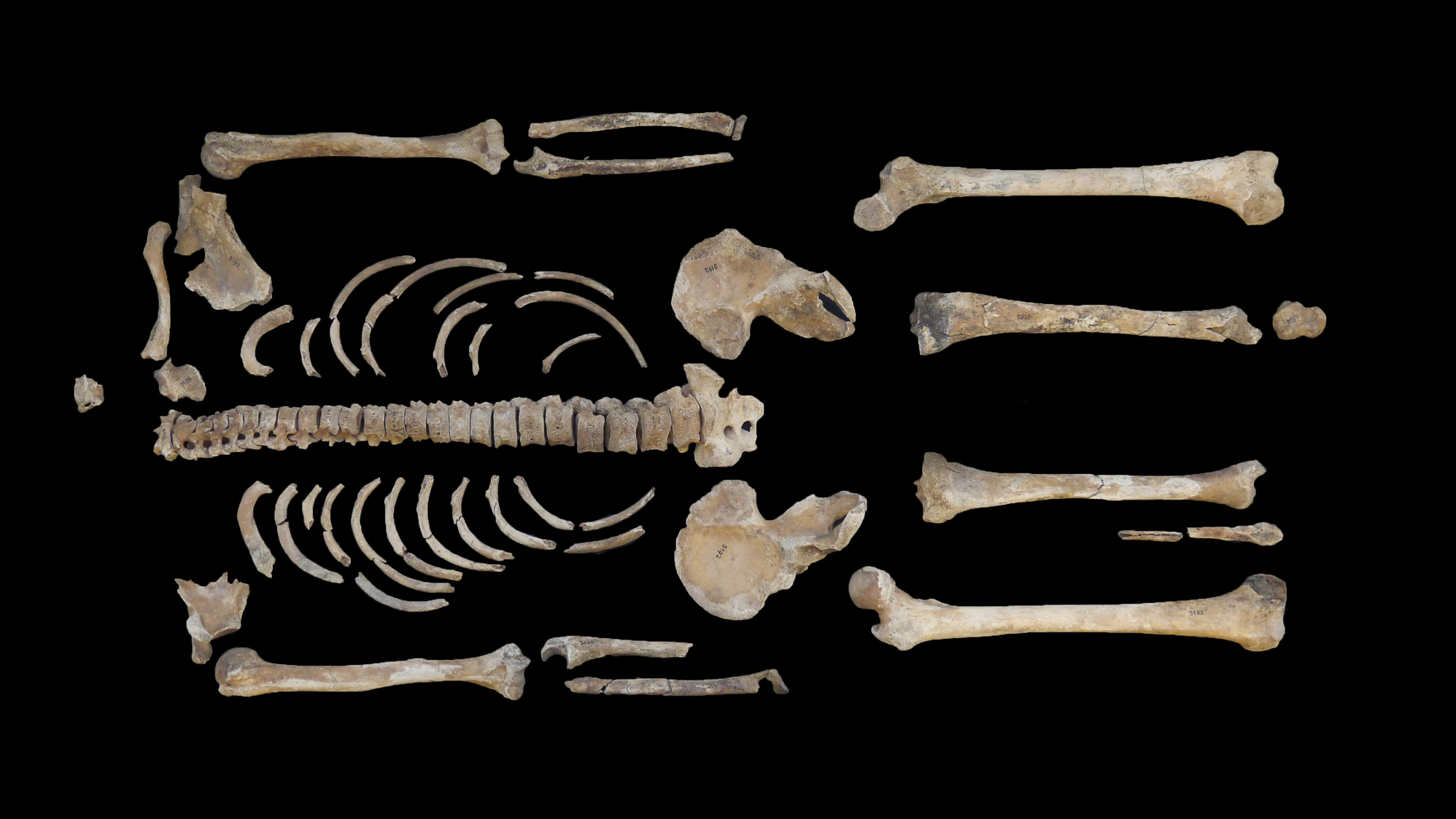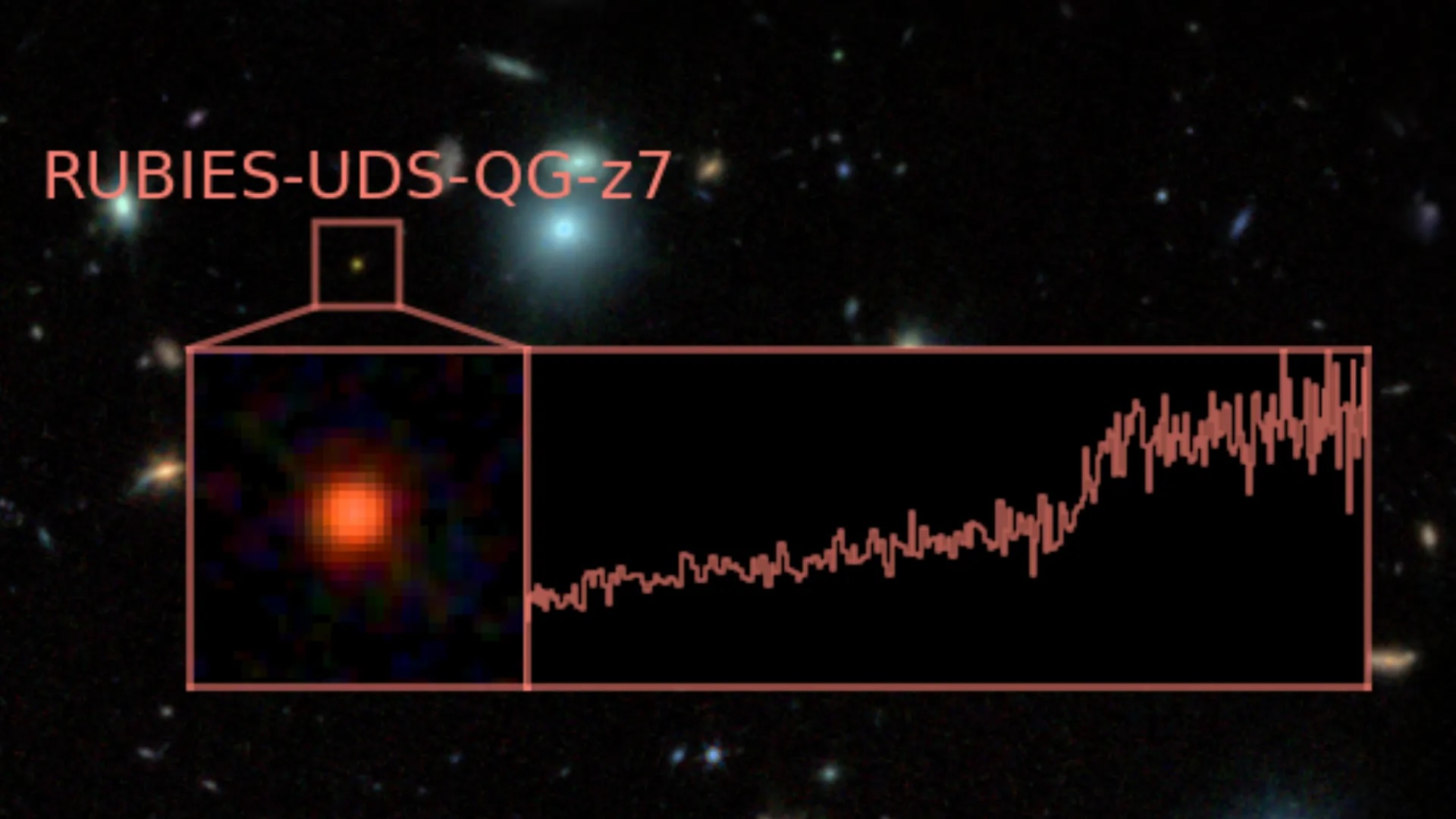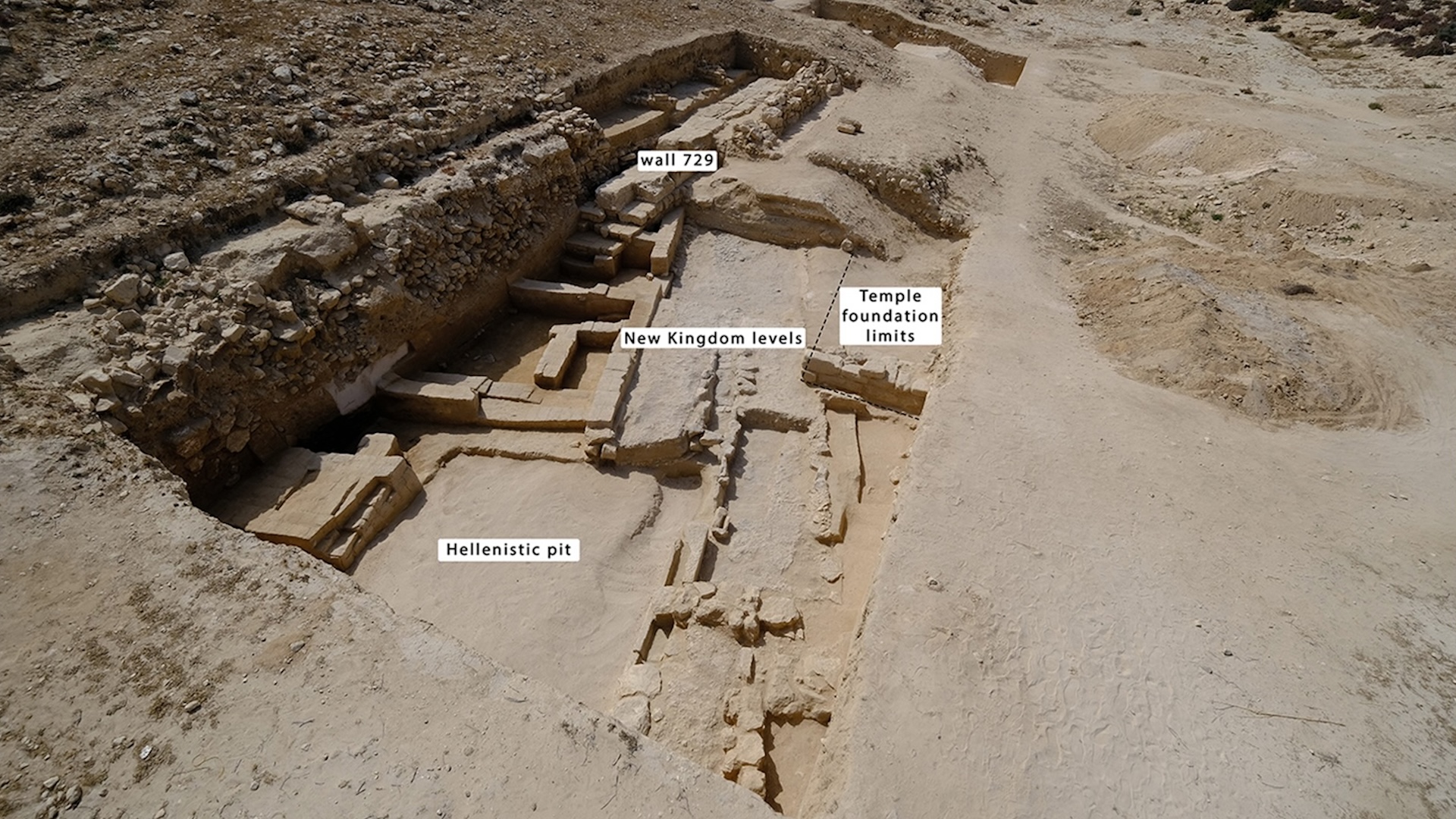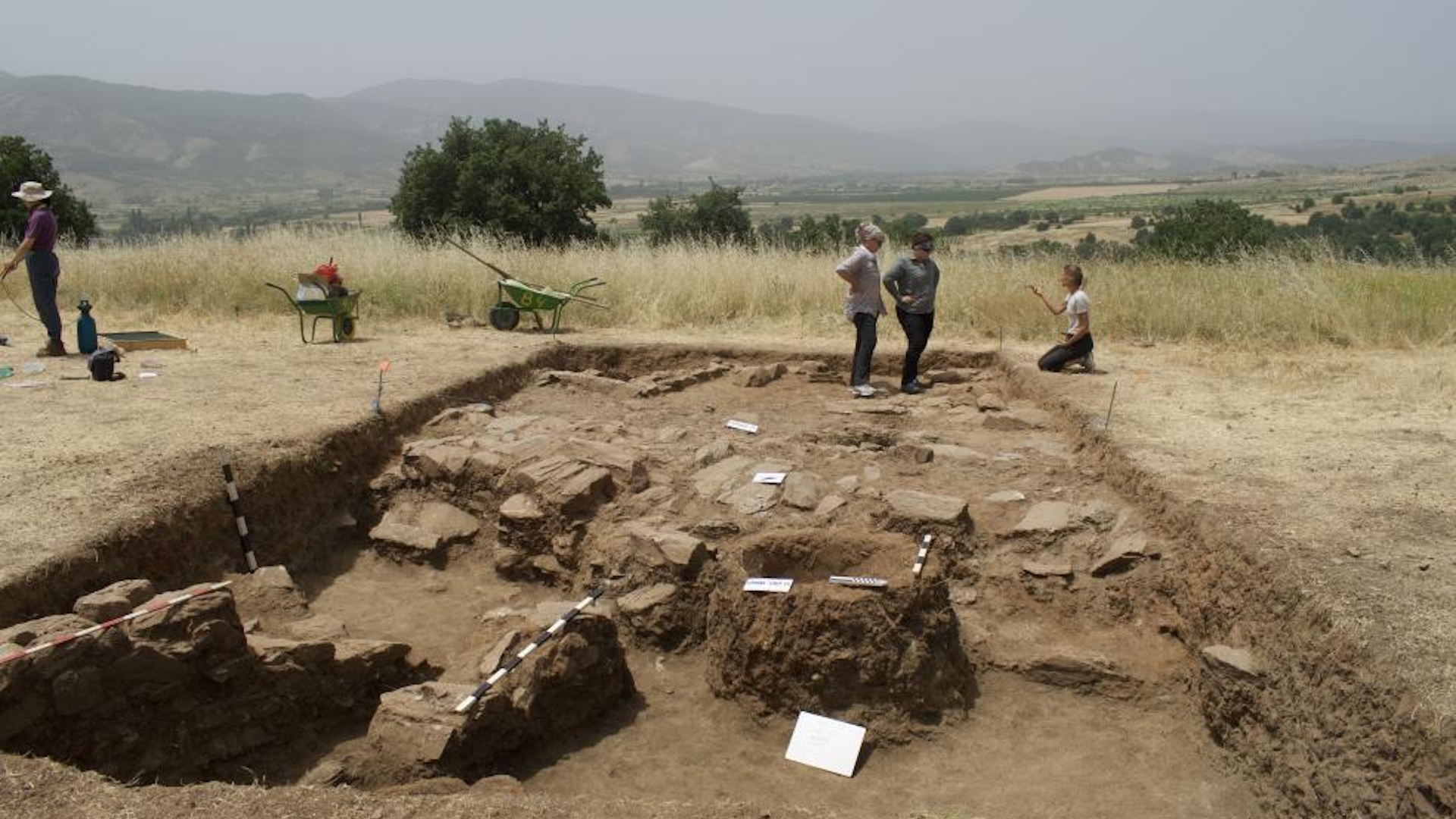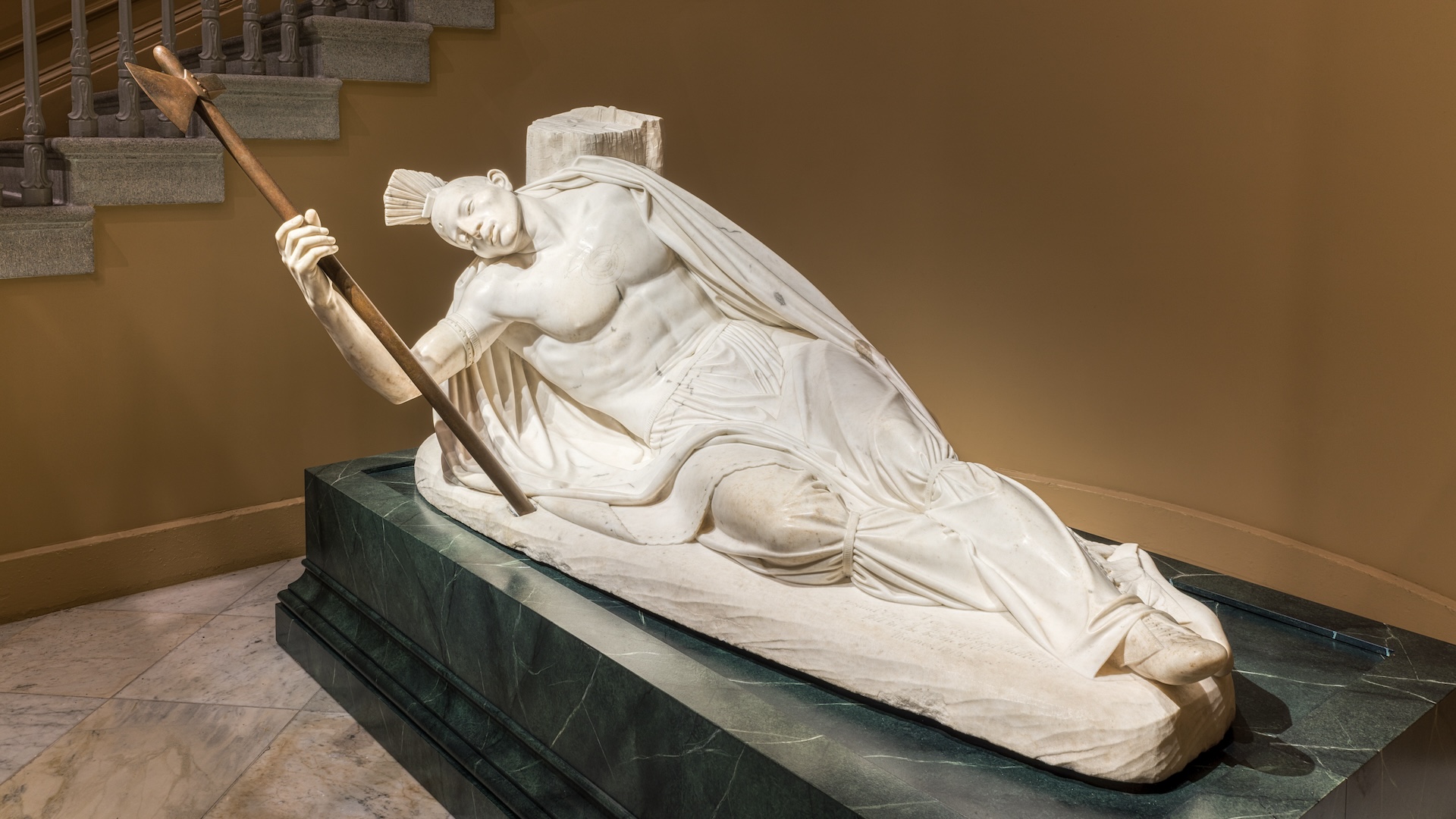In Photos: Ancient Rock Art Depicts Total Solar Eclipse in Chaco Canyon
Wondrous event
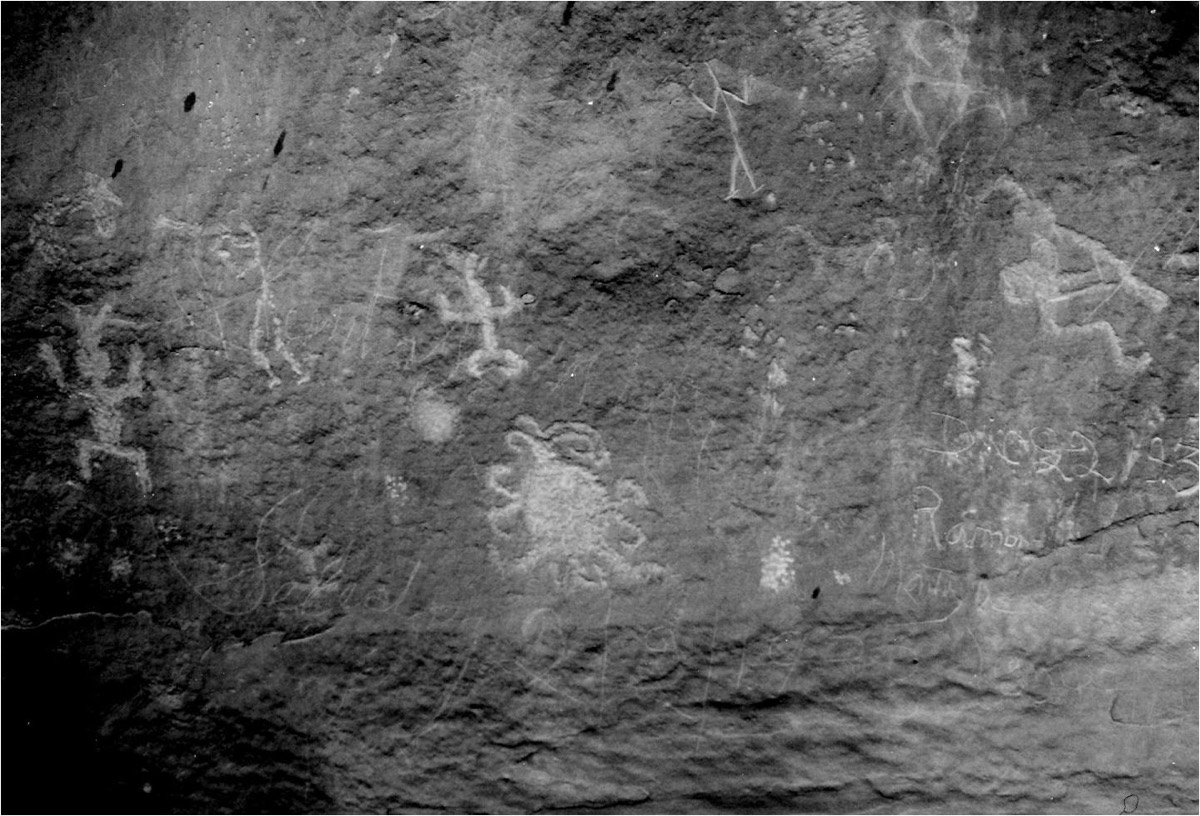
About 1,000 years ago Chacoans (early Pueblo people) captured their wondrous experiences of a total solar eclipse by carving the celestial event into a rock. The petroglph reveals a circle with looping streamers that resemble the sun's outer atmosphere, or corona. Researchers think the rock art not only suggests the Chacoans celebrated, rather than feared, this event, but that they saw a coronal mass ejection during the eclipse. [Read full story on the solar eclipse petroglyph]
Chaco Ruins

The petroglyph was discovered among the ruins of the Chacoans, who thrived in Chaco Canyon, in New Mexico, between A.D. 900 and 1150.
Rock of the Sun
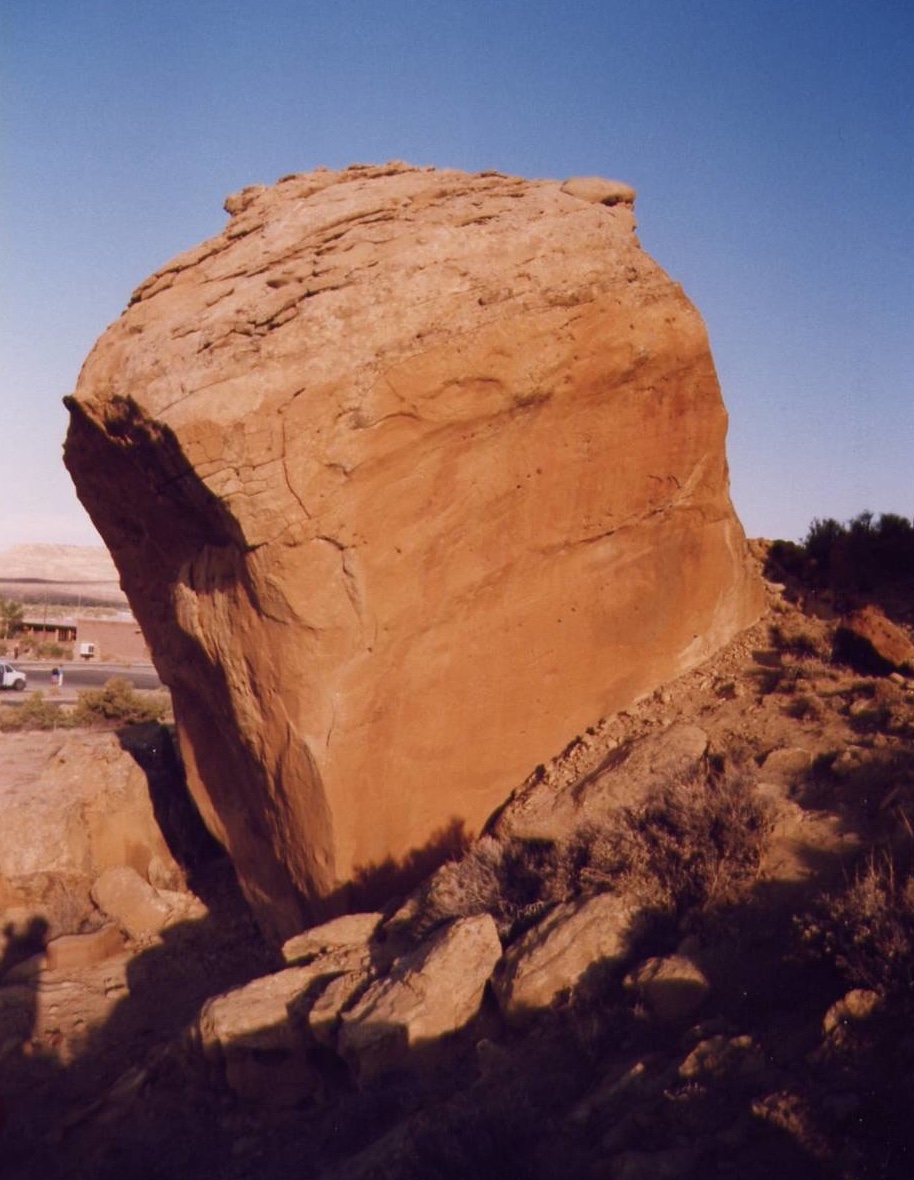
Scientists found the petroglyph depicting a solar eclipse among others etched into a large boulder called Piedra del Sol, located in Chaco Canyon, near the ruins of a cultural hub for the Chacoans; the Chacoans thrived there between A.D. 900 and 1150.
Swirling Sun
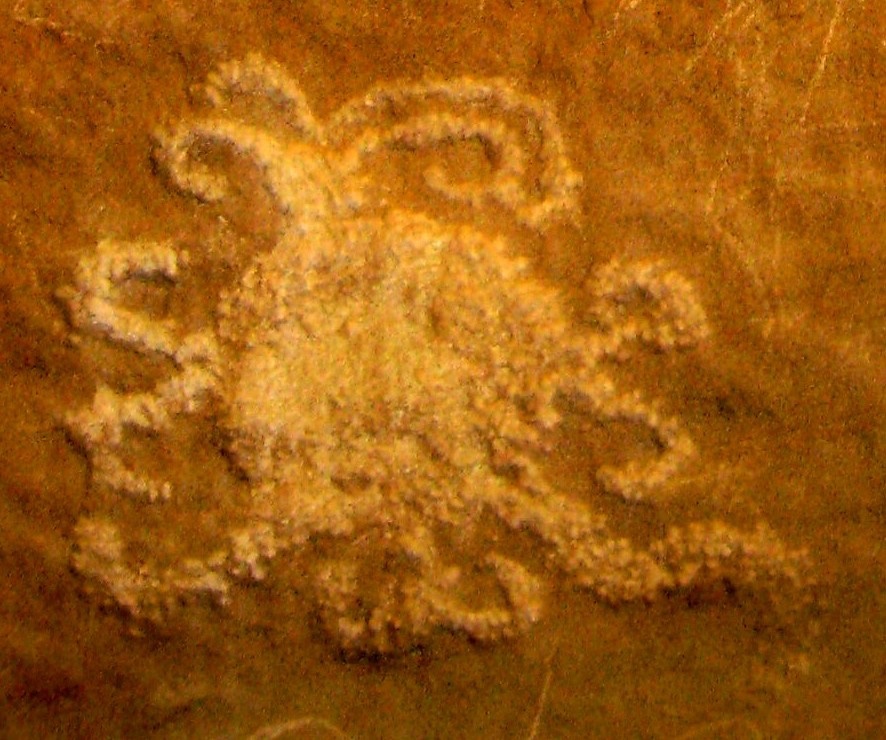
The rock art depicting a solar eclipse, possibly from A.D. 1097, looked "more celebratory than frightening," said a University of Colorado archaeoastronomer.
Spanish eclipse
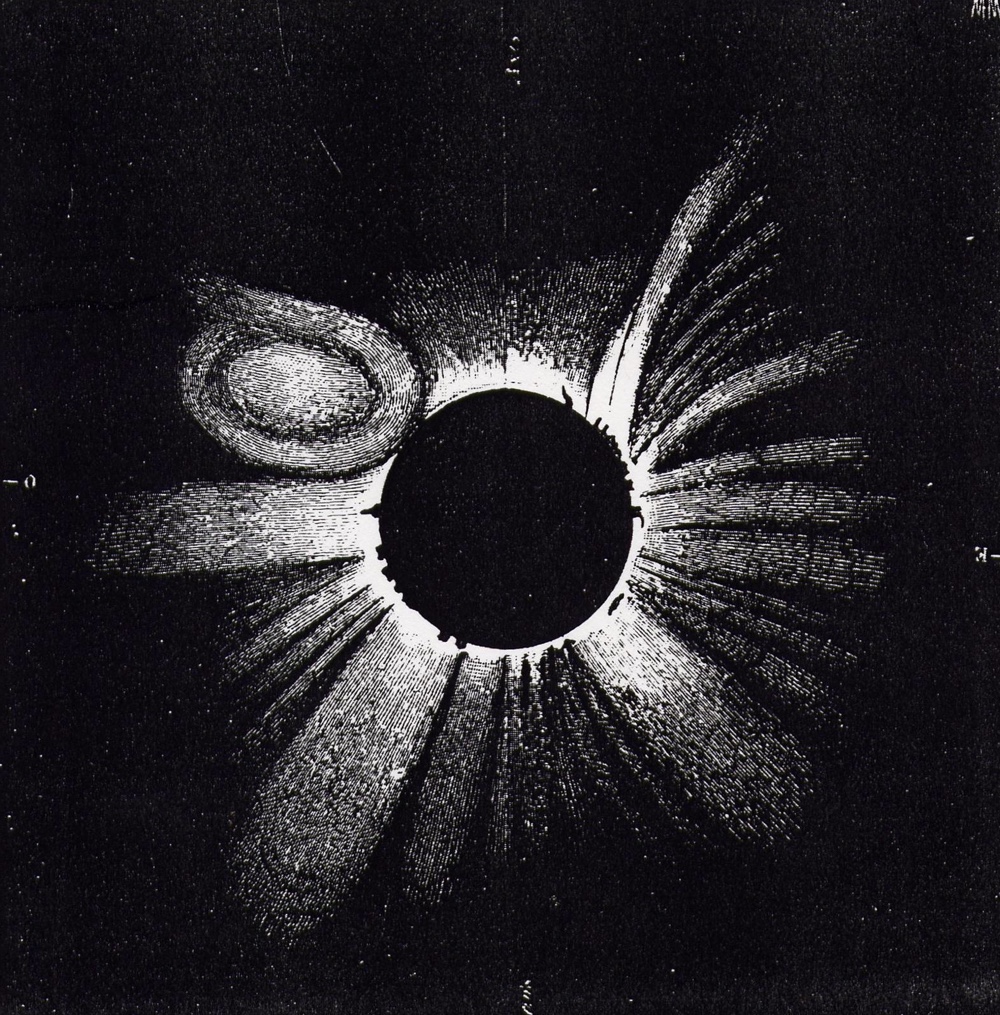
At the Spanish eclipse of July 18, 1860, the astronomer Gugleimo Temple, who was stationed in Torreblanca in Spain, drew what looks to be a coronal mass ejection during the total solar eclipse.
Coronal mass ejection

The petroglyph at Chaco Canyon seems to portray a coronal mass ejection (CME) during a total solar eclipse in A.D. 1097. Here, a NASA image showing an actual ejection of the sun's plasma on Feb. 27, 2000.
Supernova art
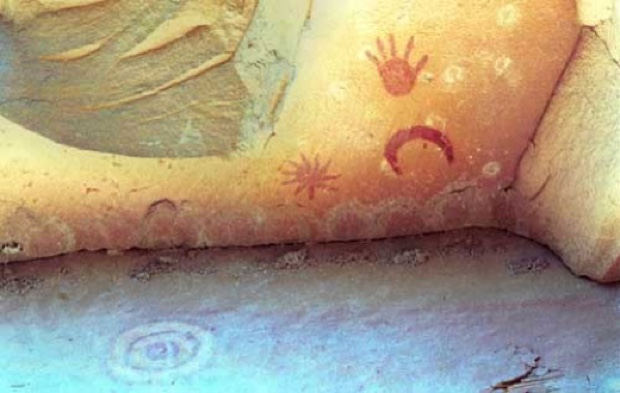
Petroglyphs at Chaco Canyon are not uncommon. Here a petroglyph depicting a supernova is etched into Piedra del Sol at Chaco Canyon.
Sign up for the Live Science daily newsletter now
Get the world’s most fascinating discoveries delivered straight to your inbox.
Jeanna Bryner is managing editor of Scientific American. Previously she was editor in chief of Live Science and, prior to that, an editor at Scholastic's Science World magazine. Bryner has an English degree from Salisbury University, a master's degree in biogeochemistry and environmental sciences from the University of Maryland and a graduate science journalism degree from New York University. She has worked as a biologist in Florida, where she monitored wetlands and did field surveys for endangered species, including the gorgeous Florida Scrub Jay. She also received an ocean sciences journalism fellowship from the Woods Hole Oceanographic Institution. She is a firm believer that science is for everyone and that just about everything can be viewed through the lens of science.

